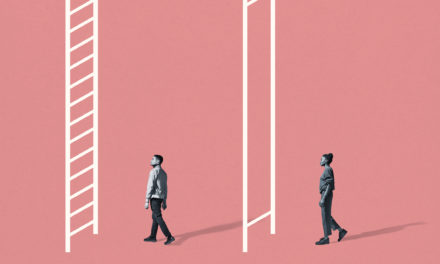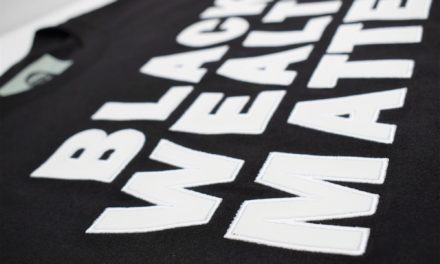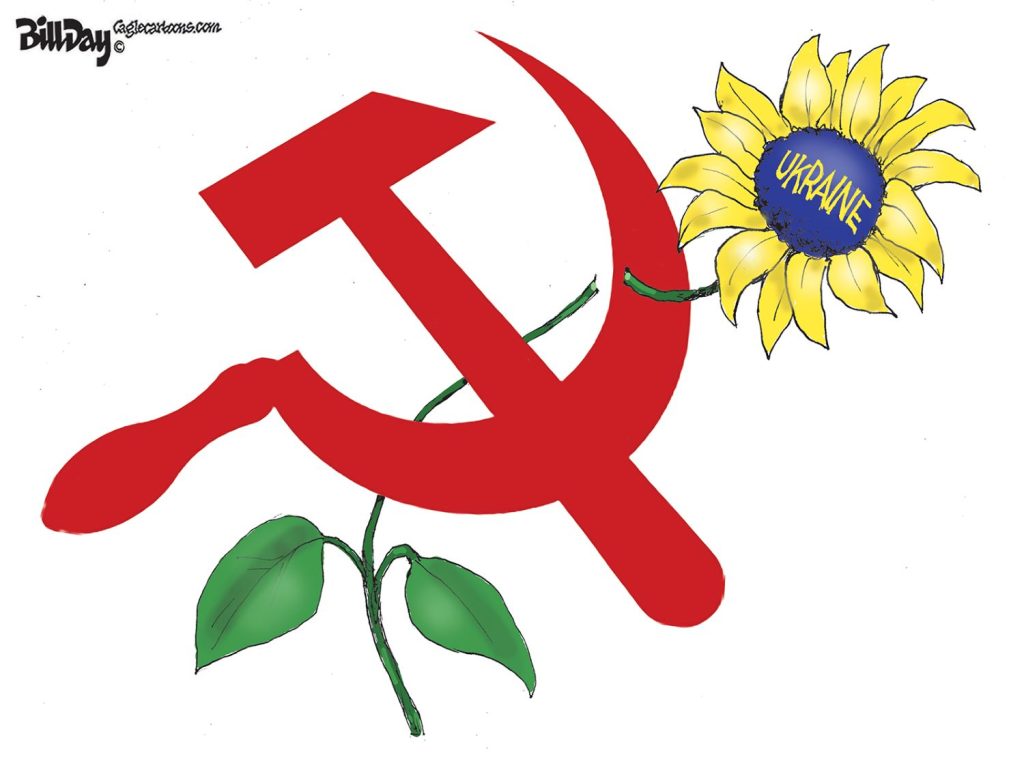It seems that we’ve been talking about attacking poverty in this community since the Johnson Administration.
We’ve been talking about the “C” – and sea, for that matter – for 10 years.
That’s what we’ve gotten good at – talking. While we talked, the poverty rate climbed by more than 33% since 2000 and the percentage of children living in poverty now puts Memphis in the top three cities with the highest rate.
We also lead the United States in “opportunity youth,” a euphemistic term given to the large numbers of 16-24 year-olds who are neither working on in school. From where we sit, it seems like an appellation chosen to remove any emotion and responsibility from the rest of us for the status of these young people’s lives.
In Memphis, 22% of 16-24 year-olds are “opportunity youth.” If anything, we should at least be calling them “lack of opportunity” youth to challenge ourselves to come face-to-face with the realities of their lives and our continuing failure to do something substantive to change them.
The Arrow Is Headed In The Wrong Direction
At the same time, the violent crime is escalating at a double digit rate. Public attention is riveted to the record-setting pace of homicides that with the next murder will pass the century mark, and the latest data from Operation Safe Community revealed that the murder rate by April of this year, when compared to April of last year, is up 56%. Meanwhile, robberies are up 14.3% and aggravated assaults have climbed 10.7% percent.
The anomaly is that overall, property crime rates continue to fall, which suggests to us that simply blaming the violent crime rate on poverty is too simplistic. The old axiom that goes something like “if I’m hungry, I’ll go without eating but if my children are hungry, I’ll steal to feed them” isn’t borne out by the declining rates for property crimes, which are down 7%. .
We all have the maps of the “C” of poverty, and it’s clear that the homicide map of The Commercial Appeal generally overlays it. We are confident that a map of the opportunity youth would do the same.
Then again, lots of maps align with the C of poverty – some that show lack of job skills, that show high school dropout rates, that show obesity and diabetes, that show low life expectancies and educational attainment, that show gang activity, and more.
Strong Cross Currents
When we named the “C” of poverty roughly a decade ago, it took no great insight on our part. It was just blatantly obvious. The neighborhoods of concentrated poverty formed a shape similar to the third letter of the alphabet. The top of the letter ran across North Memphis, the bottom of the letter was across South Memphis, and the connecting line ran just east of downtown. Over time, the southern tail of the C has grown longer, reaching into Hickory Hill, while all of the C got thicker.
It’s become our version of the Bermuda Triangle, but instead of vanishing ships and airplanes, whole families vanish into our sea of poverty. And we hardly take notice.
We can’t blame our vanishings on paranormal activities or extraterrestrials, although we’d like to. It is obvious where the blame lies.
Our neighbors in these areas barely have a chance. In their neighborhoods, the tides are definitely running against them.
The cross currents are concentrated poverty which means that a child’s chance of moving from here into the top 20 percent of incomes is a mere 2%. It also means that there are few role models for success. Teenage pregnancy rates are high, interactions with the juvenile justice system are frequent if not expected, only a few lucky people have worked in the past 12 months, and funding for public support systems continue to be threatened, even in the face of all the campaign rhetoric that every person has the opportunity to achieve the American Dream.
The Deadly Combination
Back to the topic of the moment – murders. The Commercial Appeal’s homicide map shows that the vast majority of victims – 85 out of 100 – are African American and 63 are under the age of 29. (The Commercial Appeal does not tell us anything about the profile of the offenders, but we suspect they follow the same pattern.)
Unsurprisingly, considering the gun culture in which we now live (and which is expanding thanks to the Tennessee Legislature), the murder weapon of choice is a gun – 81 out of 100. The combination of testosterone, desperation, hopelessness, young adult men, and guns is a deadly one.
Most surprising of all to us is that no one in authority – in the midst of this murder epidemic – seems willing to call out the problem of gun proliferation and the Legislature’s role in creating a culture where guns are ubiquitous.
When murders involved Memphis’ tourist centers, officials were justifiably concerned, considering the tourism industry is responsible for $3.2 billion of our economy. And yet, some neighborhood leaders feel that there is no corresponding angst about the “C of poverty” where the vast majority of these killings take place.
We’re Not Alone
Recently, New Orleans was raised as a place to look for solutions, because two years ago, its murder rate was greatly reduced. However, since then, the Times-Picayune (New Orleans) wrote an article just last month that asked questions about the reasons for the city’s murder rate of 46 per 100,000.
Before we look too much to New Orleans for answers, it’s worth remembering that it had 164 murders last year, which was 22% more than 2014, and its population represents only about 55% of the Memphis population. Last year, Memphis had 161 homicides, a decline of 4% from the year before.
Foreshadowing the 2016 burst of murders was one of the murders as 2015 wound to a close. On December 23, a six-year-old girl was beaten to death by a 14-year, who also had badly beaten two other foster children in her home.
The recent spike in crime in some cities like Memphis have baffled criminologists, because not all cities with comparable population and poverty rates are not seeing similar surges. While poverty is a significant factor, poverty is more than a lack of money. Other factors include arrest and incarceration rates, income inequality, the quality of public education, access to guns, and the density of poverty.
Memphis’ Gini Index (the Index measures the extent in which the distribution of income within an economy deviates from a perfectly equal distribution) is .4806, and that is slightly less than Louisville’s at .4971 and slightly more than Nashville at .4651.
Last year, Nashville was second in the nation with the highest increase in murders – up 83% – and the total number of murders there was 75; however, the trend line continues to increase this year. Meanwhile, the Courier-Journal in Louisville reports that 2015 was the most deadly in 38 years with 84 murders, and the trend line continues this year with a 44% increase.
The Depth of the Problem
In its April, 2016, paper, Five evils: Multidimensional poverty and race in America, Brookings Institution said five factors cluster together to make the path out of poverty even more complicated: low household income, lack of employment, limited education, lack of health insurance, and living in a poor area. In that analysis, it was found that 16 percent of the working-age adult population in the United States—more than 24.4 million people—not only struggle with low incomes, but also face at least one additional disadvantage. Millions experience three or four of these challenges at the same time.
When considering multidimensional poverty, Memphis is #1 in the South and #1 east of the Mississippi River. It is #5 in the entire United States.
In Memphis, the share of the population that is at least doubly disadvantaged is 23.6%. By comparison, Birmingham is 20.8%; Atlanta is 20.1%; New Orleans is 18.9%; Chicago is 13.9%, and St. Louis is 13.6%.
But here’s the deeper story. In Memphis, 34.3% of African Americans are at least doubly disadvantaged and 45.4% for Hispanics. It’s 11% for whites.
So, we’re back to where we begin. The Memphis violent crime rate is climbing, and so is the multidimensional poverty that exists here. All in all, it complicates the job of crafting crimefighting strategies that can turn around the trend lines. Even as the White House and criminologists have said the murder rate spike is troublesome, they add that it is too early to draw any conclusions, because there is not enough data and evidence to make a clear determination.
Fighting A Two-Front War
That is cold comfort for Memphis, where the dramatic spike in murders is accompanied by a dramatic spike in public apprehension.
The U.S. is an aberration among Western democracies with its astronomical murder rate, and some analysts have suggested that there’s something simply more violent about the American character. The fact that Memphis has been on the lists for the country’s most violent cities for decades raises a similar question about its character.
After all, in the early 1900s, Memphis was called the murder capital of America. On March 3, 1909, The Commercial Appeal wrote that murder is the “most thriving industry” in Memphis. In 1916, there were 134 murders and Memphis had the highest murder rate in the country – 89.9 per 100,000 people.
In other words, the roots of violent appear to run deep, and because of it, there should be no confusion about the challenge ahead, because the problem has defied solutions for way too long and improvements will not come overnight.
That said, no city has greater urgency to come to grips with violent crime, but it should be accompanied by paying just as much attention to addressing the malignant concentrated poverty in our midst.
***
Join us at the Smart City Memphis Facebook page for daily articles, reports, and commentaries relevant to Memphis.






Poverty and crime go together and the rate of violent crime in Memphis is climbing.
Very disturbing to read the stats here about how bad both crime and poverty are in Memphis.
It’s no wonder we are losing population. Everyone wants to leave Memphis because the situation is simply not going to improve.
It’s a pity we’re apparently too stoopid to make the connection between the collapse of family and poverty/crime. (pounds fists on table) With 84% percent of African American children in Memphis born to single mothers, many with absentee fathers, what do you frigging expect?!?!?!?!?! But noooooo, we can’t mention the obvious cause because that might hurt someone’s feelings or we might have to own up to the obvious existence of the “Culture of Poverty.” The Culture Wars of the 1980’s were all about judgmental prudes telling people how to live, right? Nobody told us that traditional marriage, family, and two-parent child-rearing were the institutional bulwark against poverty and crime! Oh, wait, maybe they did. Hate to say we told you so, but WE TOLD YOU SO!
I think this would help http://Www.crowdfunder.co.uk
LETS start projects to help Memphis .
WE CAN STOP POVERTY. WE CAN HAVE CLEANER AIR,WE DON,T HAVE TO LIVE THIS WAY.